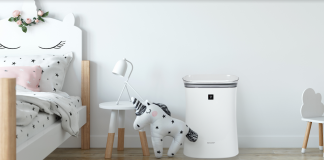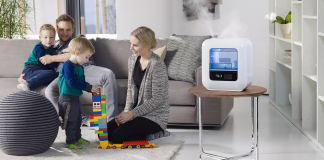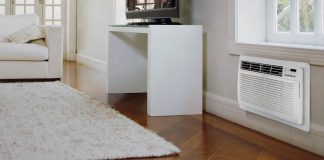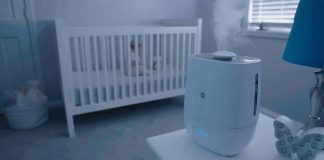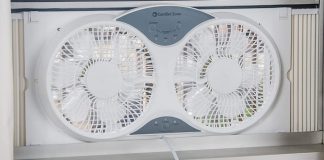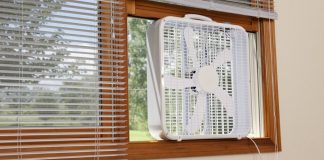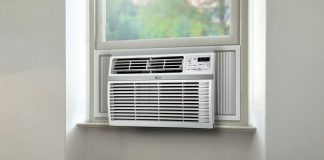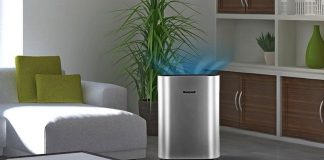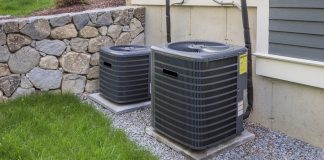Just a generation ago no one seemed concerned about any danger with common household products and the environment. Cleaning and home care habits that seemed harmless in the past now pose a danger to the earth and its inhabitants. Below we will look at a few of the most common dangerous ingredients in household products.
- 2-butoxyethanol (aka: ethylene glycol butyl ether)
Contained in many carpet cleaners and specialty cleaners. It can be inhaled or absorbed by the skin and may cause liver or kidney damage. Studies indicate this chemical can affect the reproductive organs of humans and wildlife. - Methylene Chloride
Contained in many paint strippers and related products. Listed as a possible human carcinogen by the International Agency for Research on Cancer (IARC). - Naphthalene (or: paradichlorobenzene)
Used in moth balls and moth crystals. Both chemicals are suspected to cause cancer in humans and wildlife. - Silica
Made from ground quartz. Known to be cancer-causing when inhaled. Found in many abrasive cleaners. - Toluene
Used in solvents and many paints. It is a reproductive toxin to humans and wildlife. Expecting mothers can NEVER use products containing toluene. - Trisodium Nitrilotriacetate
Used in laundry detergents and listed as a possible carcinogen. Can also adversely affect the operations of wastewater treatment plants. - Xylene
Found in graffiti and scuff removers, some spray paints and certain adhesives. Known to cause reproductive damage and memory loss. - Bleach (Sodium Hypochlorite)
Perhaps the most commonly used household cleaning product. Very dangerous, even deadly, when mixed with certain household cleaners containing acids (toilet bowl cleaners for example). Very toxic to fish when released in the environment. - Phosphates
Formerly a main ingredient of laundry detergent, phosphates have been all but eliminated from laundry detergents, but are still used in dishwashing detergents. Most commercial dishwashing detergents contain 30-40% phosphates. Phosphates choke natural waterways and kill aquatic life.
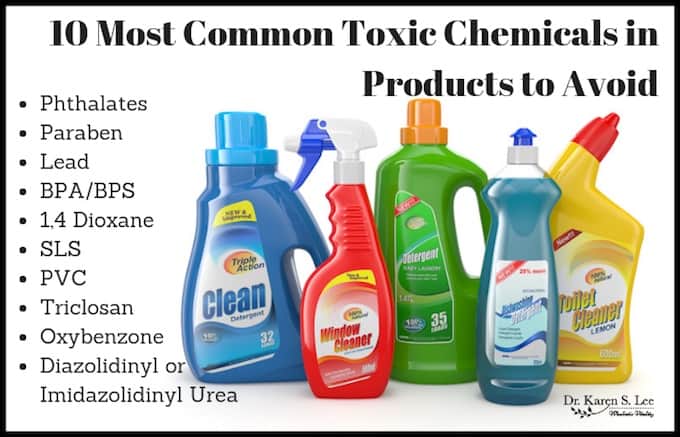
One idea might be to make a list of these chemicals to take shopping with you. Check the labels for these ingredients and stop using these products. There are many new products available that do not contain these chemicals, yet still do a great job in the home. For the time being, the healthy alternatives are a little more expensive, but the healthful value is far greater than the expense. Try looking for locally-made, natural cleaning products when possible. An internet search will also lead to many new products that do not contain harmful chemicals.


